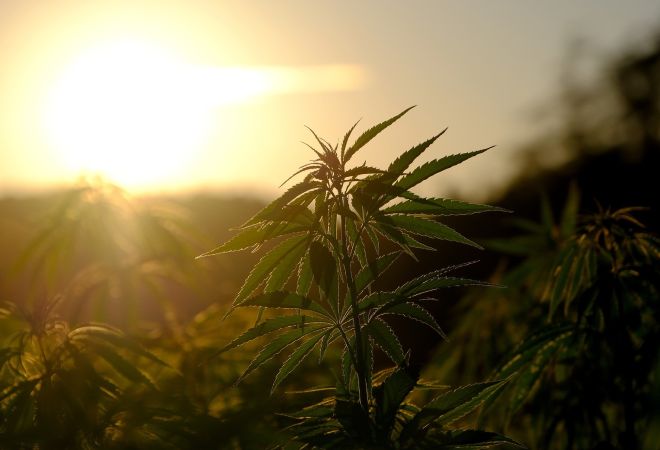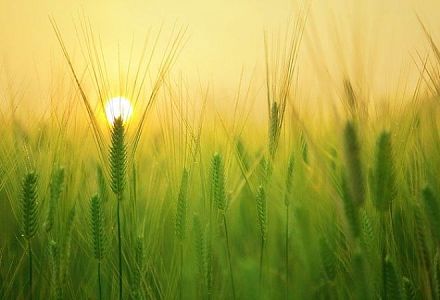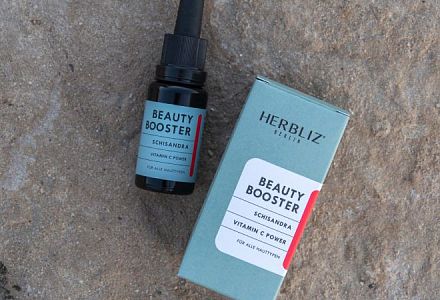
Cannabaceae explained
Apart from a common evolutionary origin, members of the family share a few common characteristics; some are trees (e.g. Celtis), others are herbaceous plants (e.g. Cannabis). They can reach heights of up to 35 meters. The serrated leaf edges and the palmately lobed leaves are characteristic of the plant species. Most species of the Cannabaceae are dioecious, so they can be male or female. The masculine inflorescences are comparatively long, while the female inflorescences are shorter and bear fewer flowers. The flowers of the plants are rather inconspicuous as they are only pollinated by the wind and thus do not need to attract insects. The fruit of the plants can be either achene or a drupe.
The genus Celtis has a particularly high economic value. Generally, this genus is known as hackberry or nettle tree. It comprises about 70 species of trees. The Celtis species are mainly significant for the timber industry because the fibres of the bark can be ideally processed into paper, ropes, and yarn. Some species of the hemp family have already been used in traditional medicine.

CBD & Cannabaceae
Cannabis is directly connected to Cannabaceae as it is a direct genus of the Cannabaceae family. There are three main species within the genus which are Cannabis sativa, Cannabis indica, and Cannabis ruderalis. The cannabis plant is also known as hemp. However, this term is more commonly used in contexts that do not involve cannabis as a psychoactive substance. Cannabis has been widely used for hemp fiber, hemp seeds and their oils, hemp leaves for use as vegetables and juice, for medicinal purposes, and as a stimulant for recreational use. Industrial hemp products are made from cannabis plants selected to produce a large amount of fibre.
To comply with the UN Convention on Narcotic Drugs, some cannabis varieties have been bred to contain minimal amounts of tetrahydrocannabinol (THC), the main psychoactive ingredient. Other varieties however, have been selectively bred to produce maximum THC (a cannabinoid) levels. Our CBD products from HERBLIZ have no psychoactive effect. If you want to know why this is the case, check out our blog article about the difference between CBD and THC.

History of Cannabaceae
Cannabaceae is one of the oldest crop plants in history. It probably first appeared in East Asia during the Late Cretaceous. The oldest known pollen typical of Cannabaceae is from the Late Cretaceous (about 94-90 million years ago) from Sarawak, Borneo. Fossils show that Cannabaceae were widespread in the Northern Hemisphere during the early Cenozoic, although their distribution shifted towards more tropical regions in the later Cenozoic due to climate changes.
In China, it was already cultivated in the 3rd millennium BC, where it was mainly used for manufacturing clothes. Since about 2000 BC, it has also been used in traditional medicine. According to research, the hemp plant is assumed to have reached the Middle and Near East via India and then spread across Europe to North and South America. People especially valued the plant as a rapidly renewable raw material.

Good to know about Cannabaceae
If you want to impress your friends with a fun fact at your next night out, listen: Cannabis and beer are basically genetic cousins! Both species belong to the Cannabaceae family and are therefore related to each other. Just like cannabis, the stems of hops are fibrous, and both plants contain terpenes such as beta-pinene and myrcene. Probably the most significant difference is that hops does not contain any cannabinoids. Several attempts have been made to cross the two plant species with each other. However, the results were never really convincing. Beer and cannabis are similar in some ways but should be appreciated as individual products.



